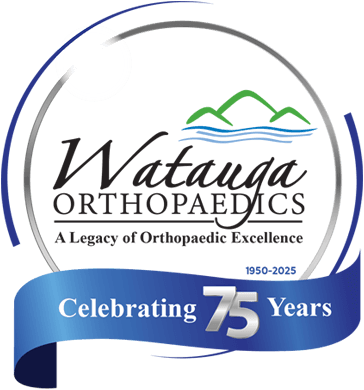Posterior Tibial Tendon Dysfunction - Acquired Flatfoot
Click on the white PLAY button to start video.
Read more about Posterior Tibial Tendon Dysfunction - Acquired Flatfoot
Introduction

Anatomy
Causes
Symptoms
Posterior tibial tendon dysfunction most frequently develops in one foot, but it can affect both feet. Symptoms are usually progressive, meaning they get worse over time. You may first notice pain, redness, and swelling along the inside of your ankle and foot. As the arch in your foot flattens, you may experience pain in your outer and midfoot, weakness, and the inability to stand on your toes.
Diagnosis
Your doctor will ask you to stand or move your foot in certain ways so that it can determined how your tendon is functioning. X-rays, ultrasound, or magnetic imaging resonance (MRI) imaging may be used to provide pictures of your ankle and leg structures.
Treatment

Surgery
Recovery
Recovery is individualized. The amount of time you need to heal depends on the extent of your condition and the procedures that you received. Your doctor will let you know what to expect.
Prevention

Copyright © - iHealthSpot Interactive - www.iHealthSpot.com
This information is intended for educational and informational purposes only. It should not be used in place of an individual consultation or examination or replace the advice of your health care professional and should not be relied upon to determine diagnosis or course of treatment.
The iHealthSpot patient education library was written collaboratively by the iHealthSpot editorial team which includes Senior Medical Authors Dr. Mary Car-Blanchard, OTD/OTR/L and Valerie K. Clark, and the following editorial advisors: Steve Meadows, MD, Ernie F. Soto, DDS, Ronald J. Glatzer, MD, Jonathan Rosenberg, MD, Christopher M. Nolte, MD, David Applebaum, MD, Jonathan M. Tarrash, MD, and Paula Soto, RN/BSN. This content complies with the HONcode standard for trustworthy health information. The library commenced development on September 1, 2005 with the latest update/addition on February 16, 2022. For information on iHealthSpot’s other services including medical website design, visit www.iHealthSpot.com.




